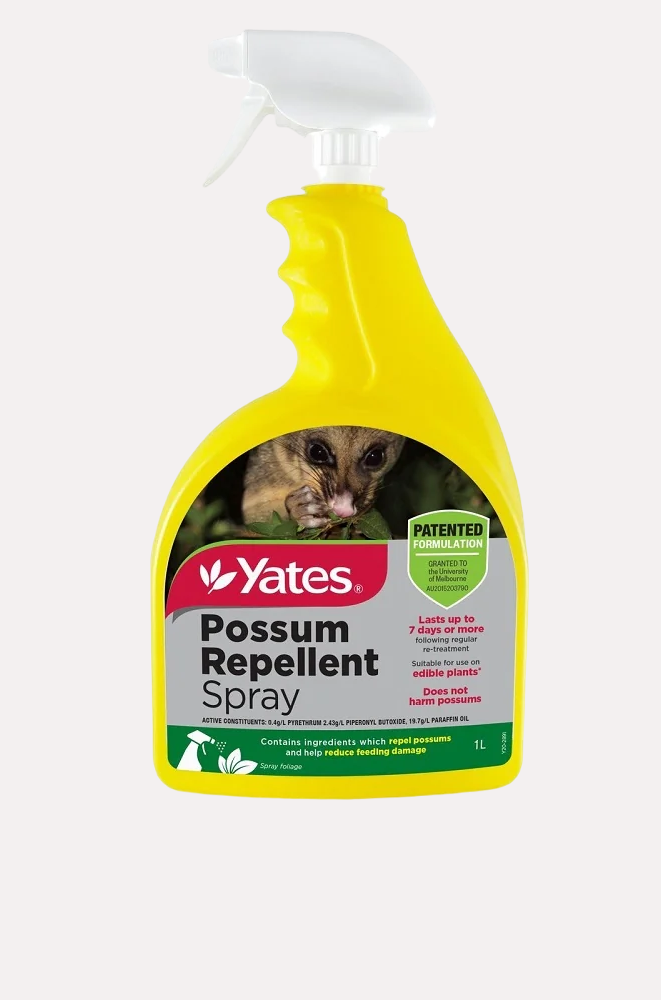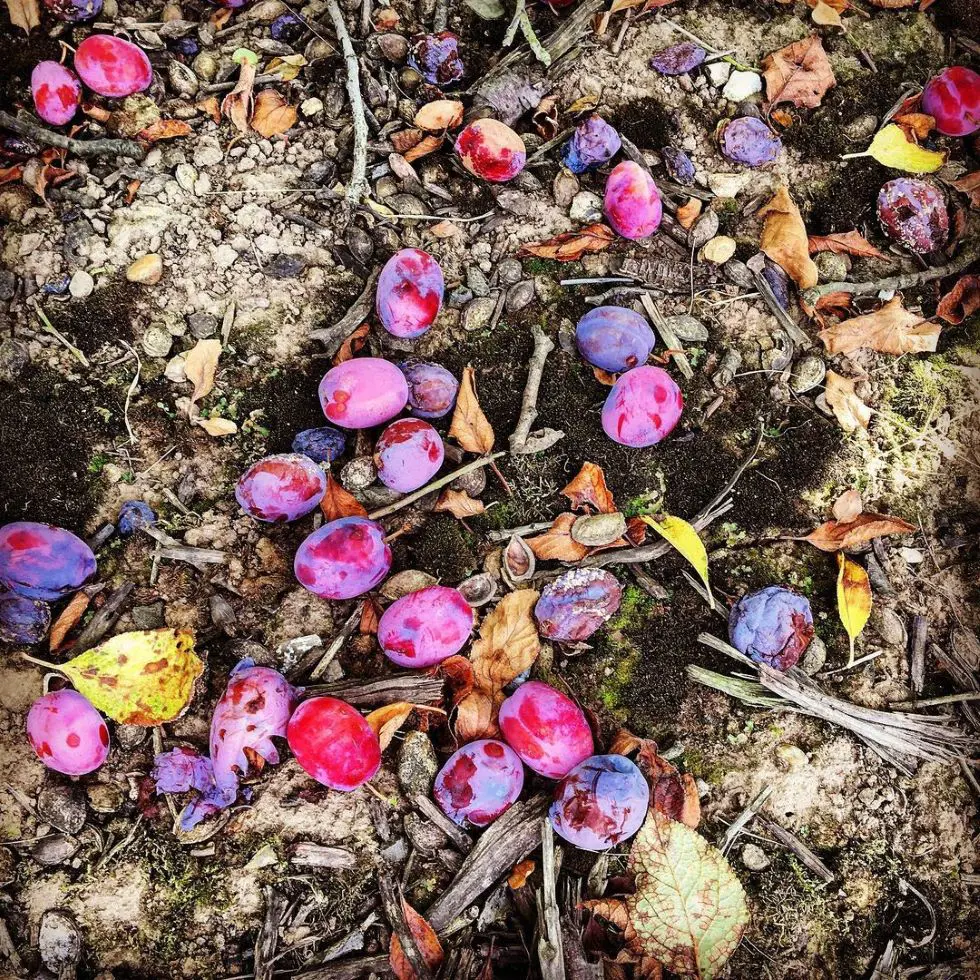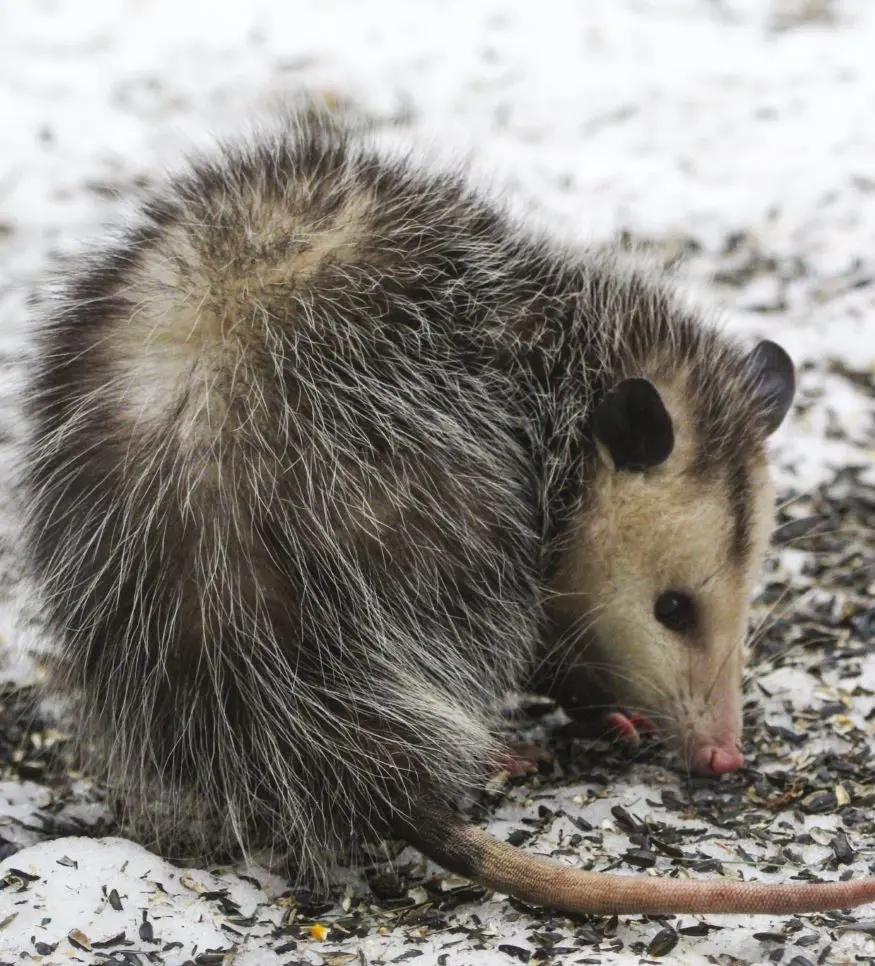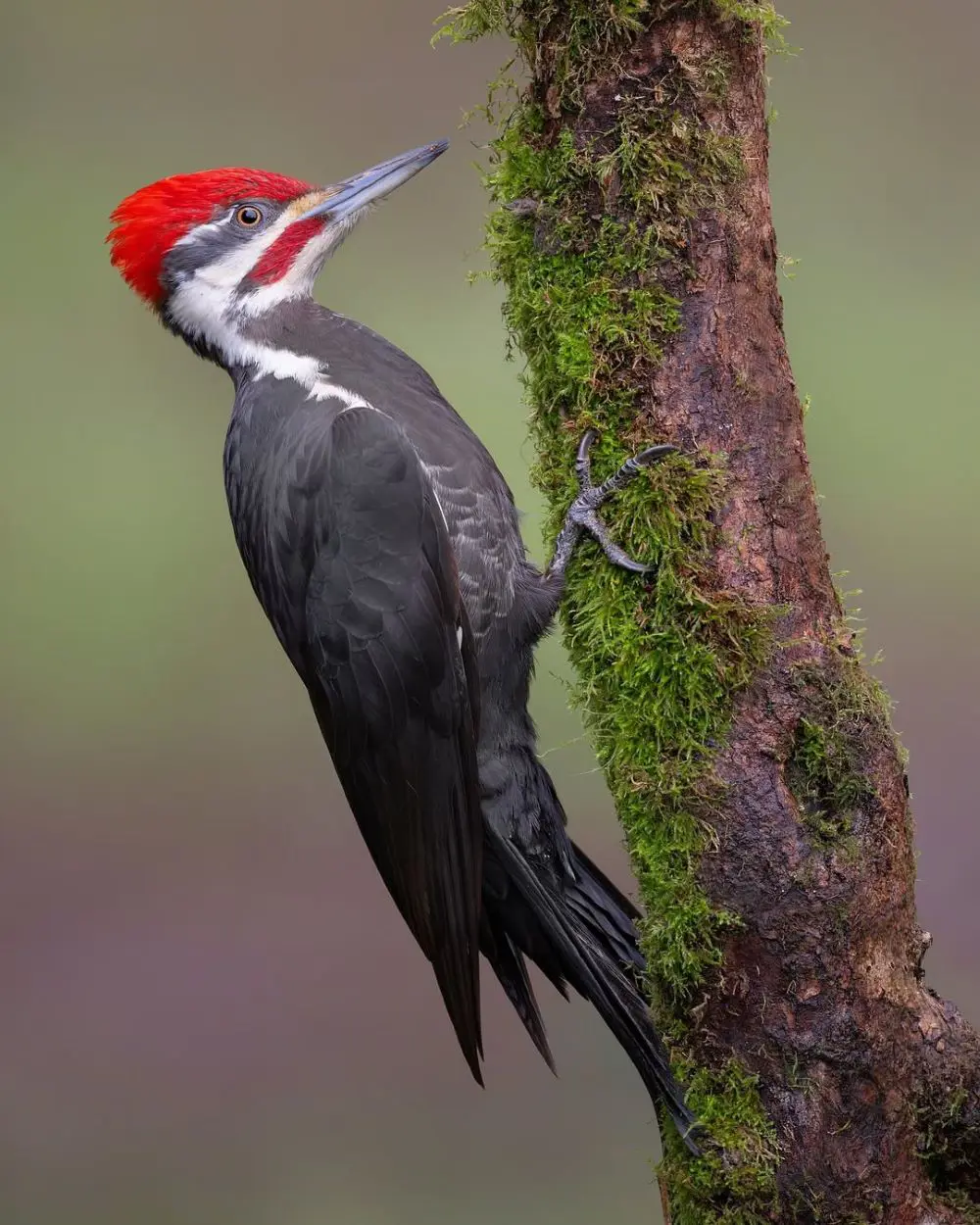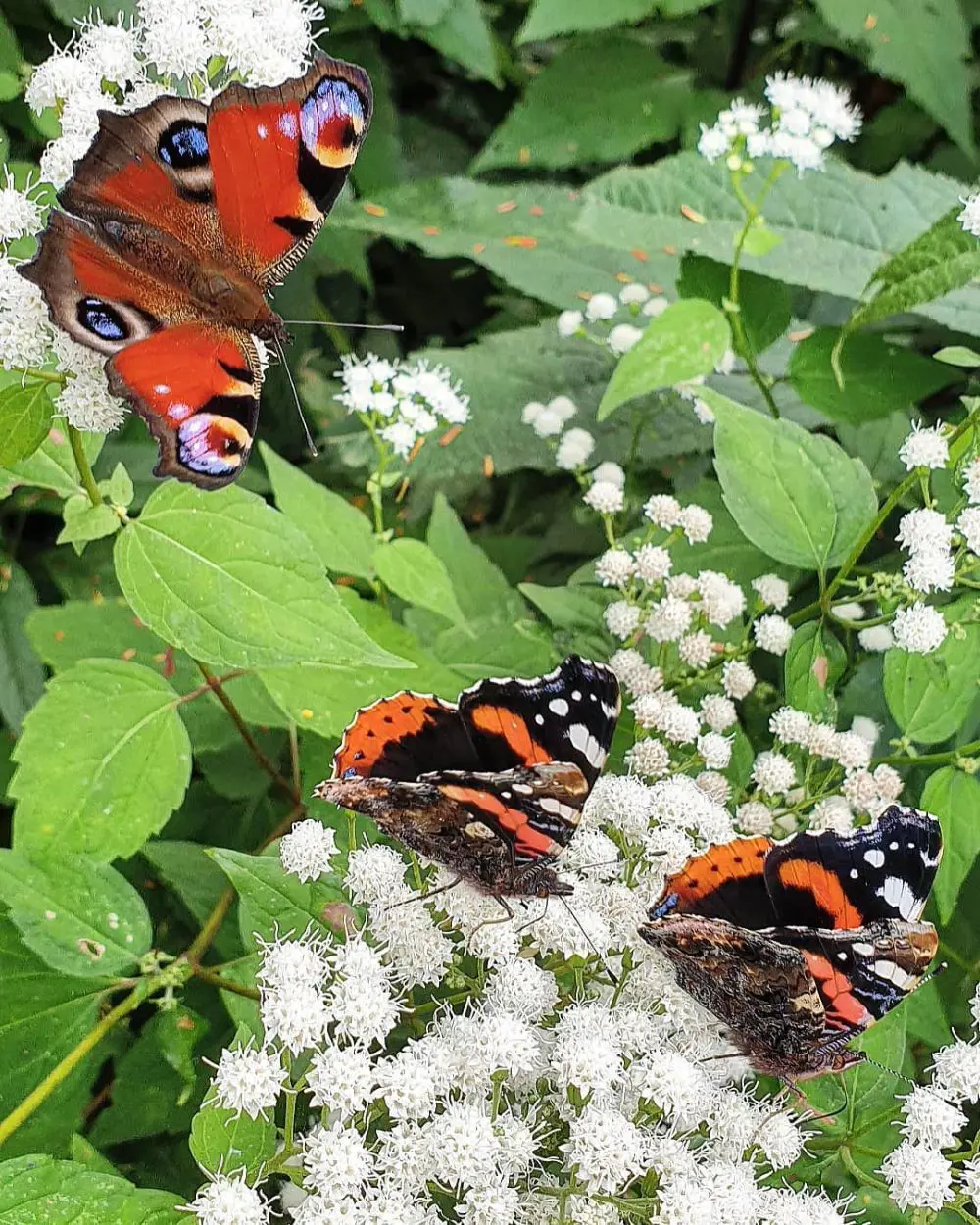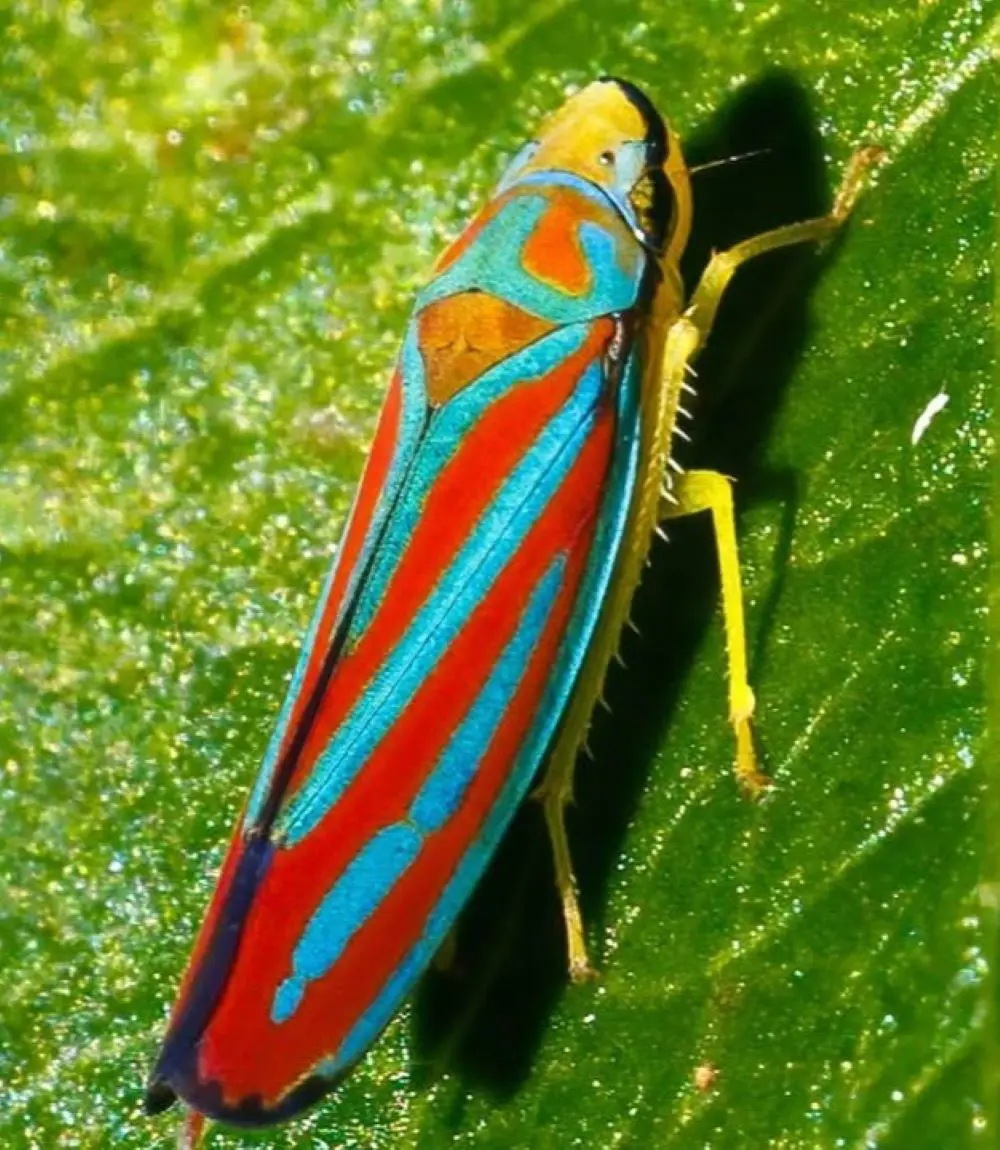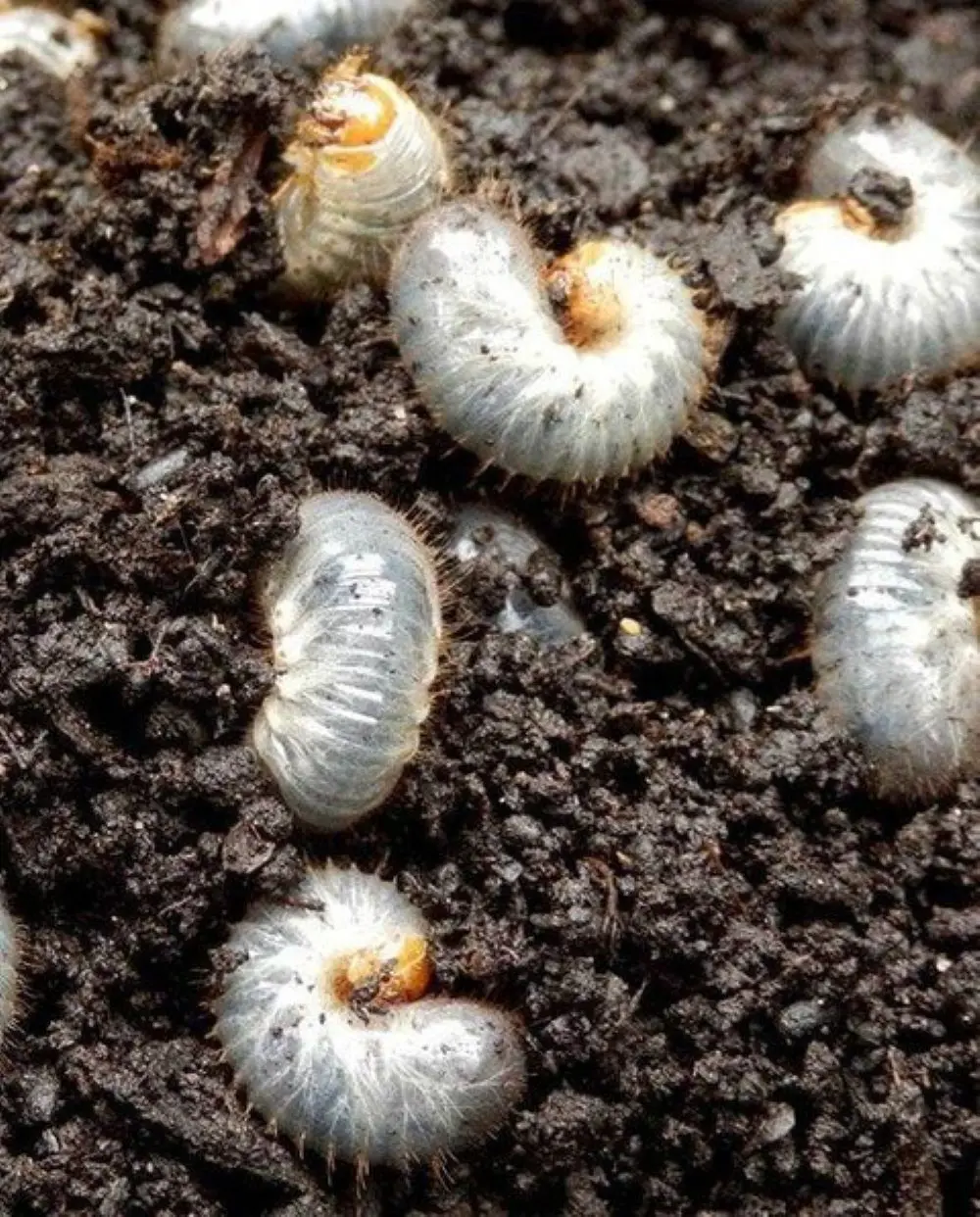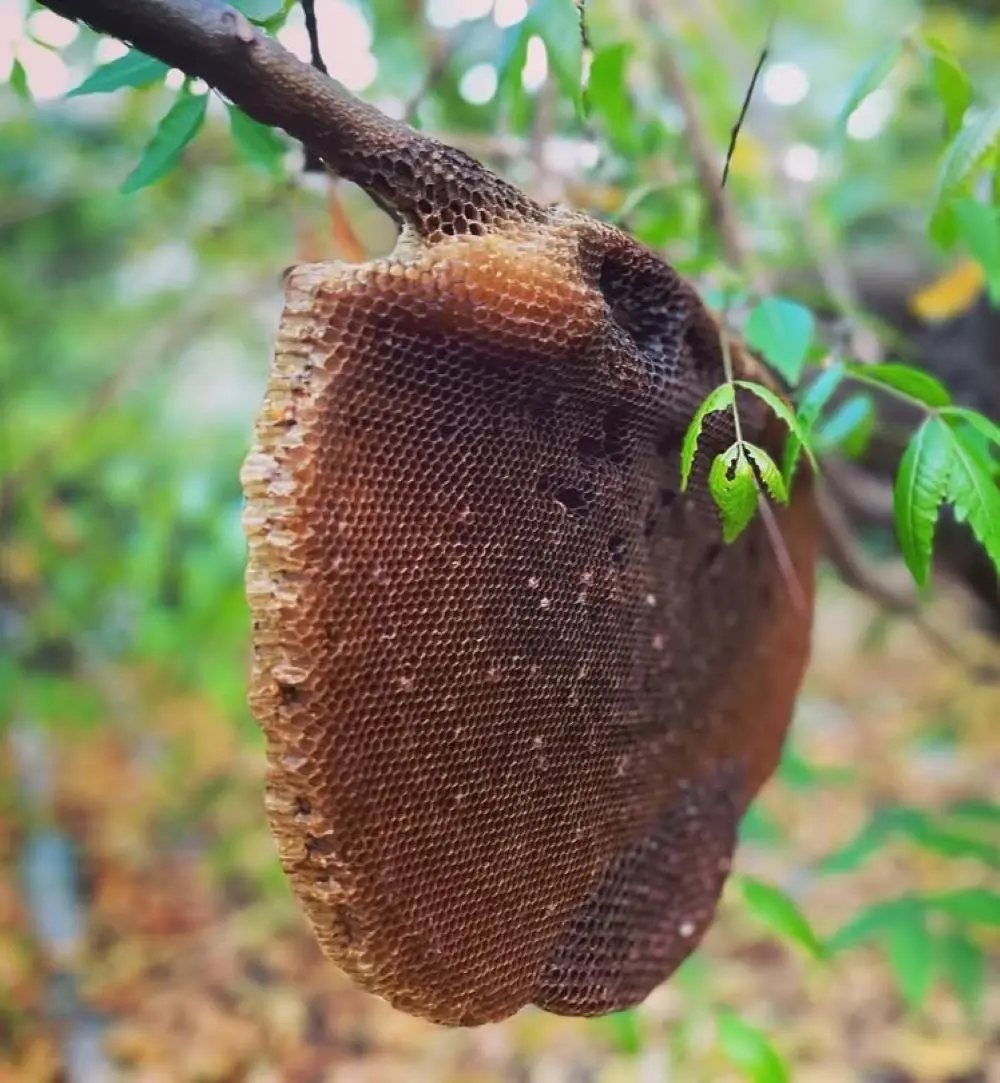How to Get Rid of Possums Naturally?
1. Use Crushed Garlic
Wondering how to get rid of a possum with a garlic? Crushed garlic is a natural deterrent for possums due to its pungent smell, which they find offensive. To use garlic effectively, crush several cloves and scatter them around areas where possums are active or where you want to prevent their entry.
You can also create a garlic spray by blending crushed garlic with water and then straining the mixture. Spray this solution around your garden, especially on plants and entry points. The strong aroma of garlic masks other food sources and makes the environment less inviting for possums, encouraging them to seek out more pleasant surroundings.
2. Hot Peppers
Hot peppers can be an effective deterrent because of their active compound, capsaicin, which causes a burning sensation that is unpleasant to possums. The irritation from capsaicin discourages possums from coming close, as they avoid areas where they experience discomfort.
To use hot peppers, you can either sprinkle cayenne pepper or hot pepper flakes directly around your garden beds and plants, or prepare a hot pepper spray by mixing hot pepper sauce with water. Apply this spray to the areas where possums are causing trouble.
3. Essential Oils
Essential oils like peppermint, eucalyptus, and citronella are known for their strong scents, which can effectively repel possums. To use essential oils, apply a few drops to cotton balls and place them around your garden or create a diluted spray solution by mixing essential oils with water.
Spray this mixture on plants, garden beds, and entry points. The potent aromas of these oils create an environment that possums find uncomfortable and unwelcoming, encouraging them to leave the area in search of a more pleasant habitat.

4. Use Ammonia
Ammonia is another strong-smelling substance that can be used to repel possums. To utilize ammonia, soak cotton balls or rags in ammonia and place them in strategic locations around your garden, such as near entry points or in areas where possums have been seen.
You can also use ammonia as a spray by diluting it with water. The harsh odor of ammonia simulates the presence of predators, making the area less attractive and causing possums to avoid it. Regularly refresh the ammonia-soaked materials to maintain their effectiveness.
5. Motion-Activated Devices
Motion-activated devices, such as lights and sprinklers, are useful for startling and deterring possums. Motion-activated lights will turn on when they detect movement, creating sudden illumination that can scare possums away. Similarly, motion-activated sprinklers release a burst of water when triggered, surprising and driving off the animals.
These devices exploit possums' natural aversion to bright lights and sudden disturbances, making your garden a less appealing place for them to visit.
6. Install Physical Barriers
Installing physical barriers such as fences can be an effective way to keep possums out of your garden. Ensure that fences are at least 4-6 feet high and are buried a few inches underground to prevent possums from digging underneath. Fences should be made of sturdy materials like metal mesh or chicken wire.
By creating a physical obstacle, you can block possums from entering your garden and protect your plants from being disturbed. Regularly inspect and maintain the barriers to ensure they remain effective.

